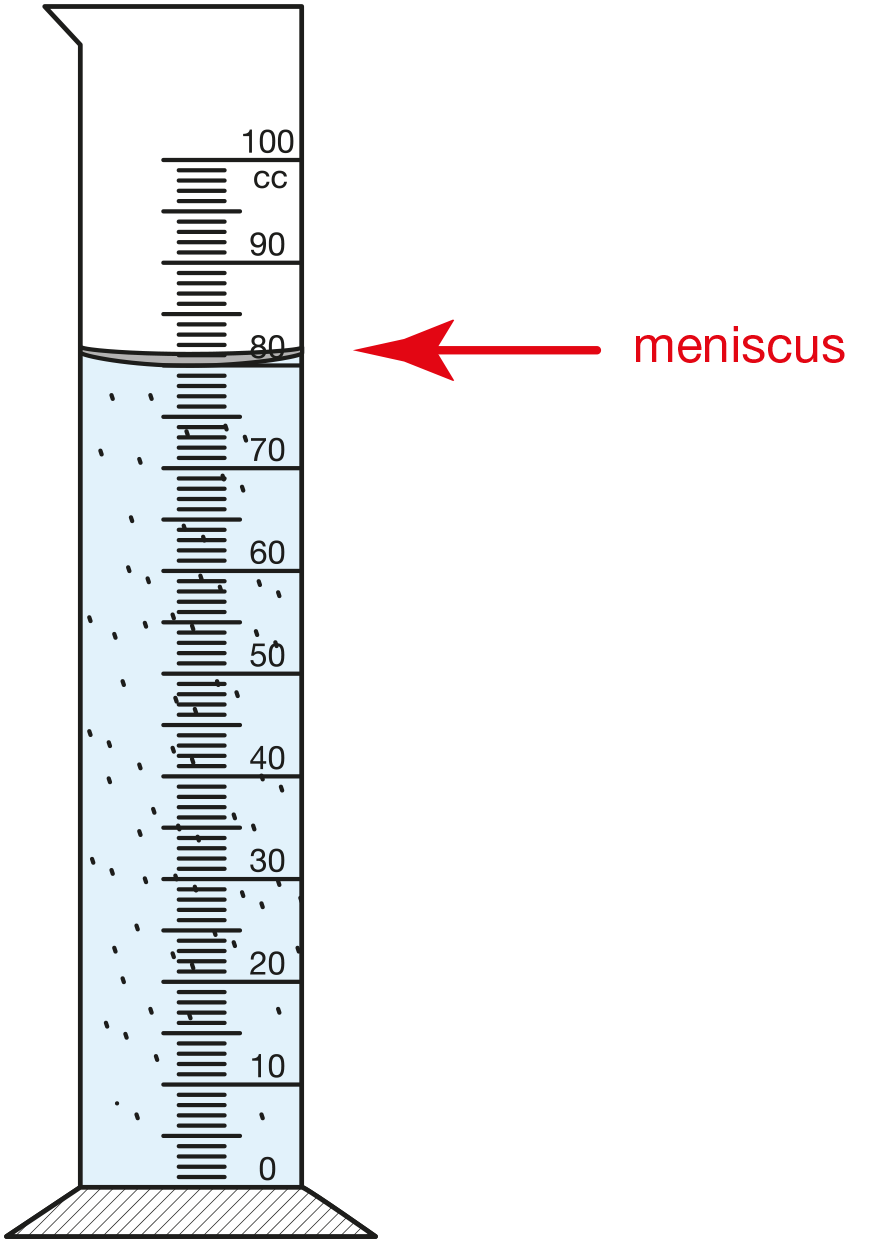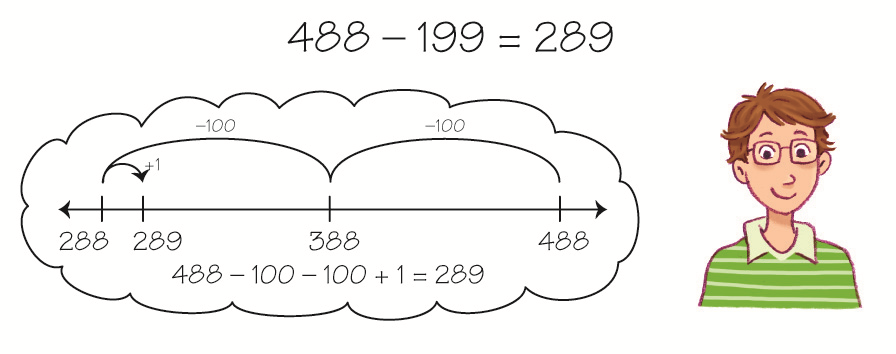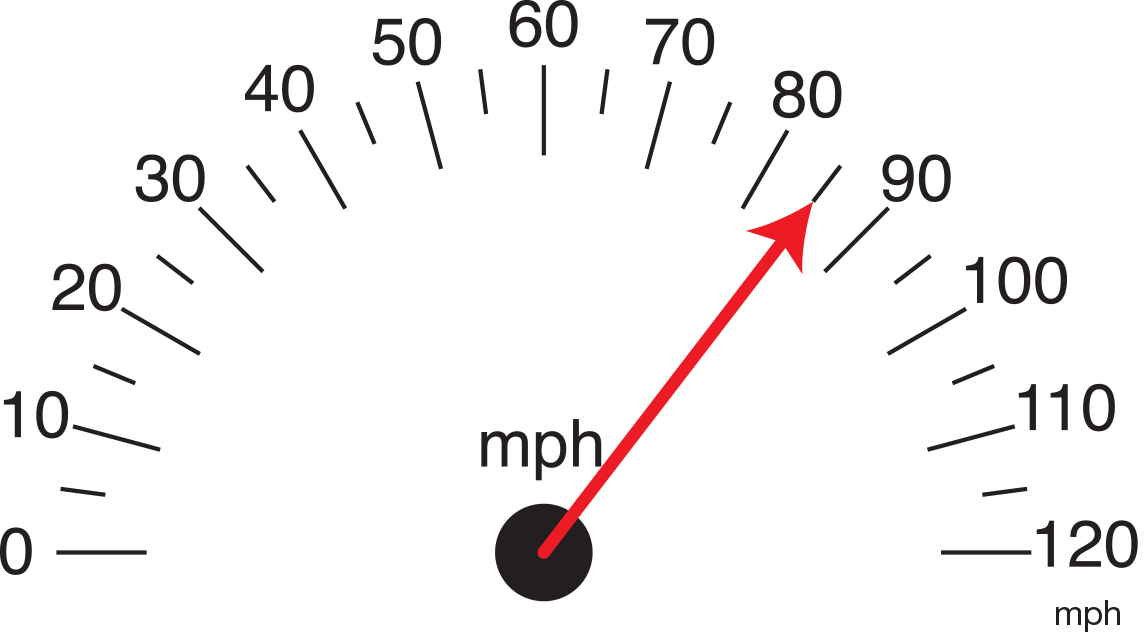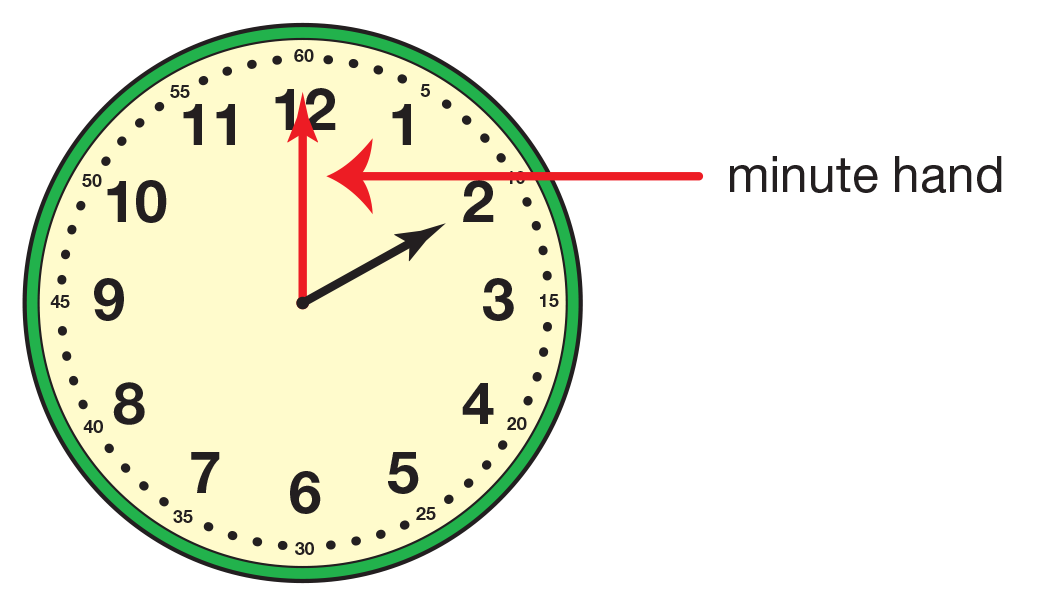M
making ten
A strategy that breaks a number into parts to make a ten with another number,
making it easier to add or subtract. For example, to add

mass
The amount of matter in an object.
math hopper
A special creature that moves from point to point on a number line. Math hoppers can move forward or backward. (See also constant math hopper and base-ten hopper.)

measure
To find the size or amount of something.
median
The middle number in a list of numbers arranged in counting order. For an even number of data arranged in order, it is the number halfway between the two middle numbers.

meniscus
The curved surface formed when a liquid creeps up the side of container (for example, a graduated cylinder).

mental math
Mental math refers to any strategy that does not rely on a fixed computational algorithm but involves the flexible use of operations to simplify problems. For example, modeling a problem with coins or thinking of 99 − 4 as 100 − 4 − 1. While mental math strategies lend themselves to efficient mental computations, they may still involve intermediate calculations on paper or use of manipulatives as strategies are developed.

meter (m)
A unit of length in the metric system. One meter is 100 centimeters or a little more than 39 inches.
meterstick
A measurement tool that is used to measure length in meters. A meterstick is 100 centimeters. (See also meter.)

mile
A unit of length that is equal to 5,280 feet or 1,760 yards.
miles per hour (mph)
How many miles you would travel for each hour. The abbreviation for miles per hour is mph.

milliliter
A measure of capacity in the metric system that is the volume of a cube that is one centimeter long on each side.
minute
A unit of time that is equal to 60 seconds.
minute hand
The large hand on a clock that tells the minutes of the hour.

missing addend
The number missing in an addition sentence with a given sum.

model
Something that is made to look like another thing, often using different materials than the original object.

most common
Something that happens, or is found, more often than the others. For example, October is the most common birth month in the sample graph.

multiplication sentence
A number sentence that uses numbers and symbols instead of words to describe
the operation of combining equal groups. For example,
multiplication sign
The symbol x represents the operation of multiplication or combining equal groups. For example, 5 x 3 = 15.
multiply
A mathematical operation where a number is added to itself a number of times. For example, 5 x 3 = 5 + 5 + 5 or 3 + 3 + 3 + 3 + 3.
multistep problem
A problem that requires more than one step to find the solution.








